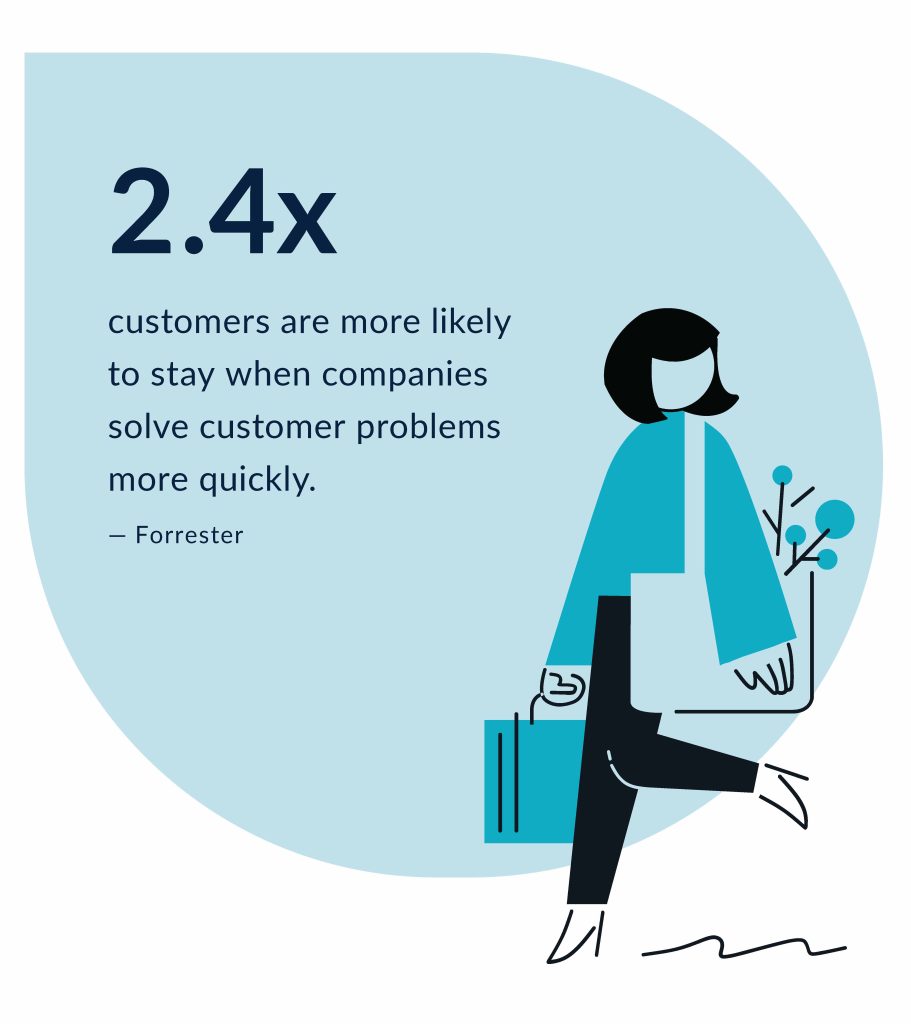Brands can make experiences more enjoyable by revisiting the human factor in their customer experience equation. By curating experiences that are rooted in purpose and exist to generate positive memories, companies can fully unlock the promise of a successful digital transformation.
Rewiring expectations
As humans, we journey through life with the help of others — listening to stories and gaining new perspectives. We rely on the cooperation of those
around us to shape our experiences. Ultimately, this leads to the formation of preferences and expectations.
Over time, we are exposed to new messaging and interactions, which hone our perceptions and cause our behaviours and expectations to change. What motivated us before may no longer motivate us today, and that, in turn, influences the way we interpret and respond to the world around us.

Often, we relate to brands in the same way that we relate to people. In fact, we describe our relationships with them in a deeply personal way — we hate our banks, we love Amazon, and we would be lost without our smart phones. But how are we making these judgments?
Emotions, such as love or dislike, can be described as an instinctive response to past or current circumstances. We attribute emotion based on our memory of an event, and both positive and negative memories can shape our future expectations. By focusing on delivering incredible memories, brands are well-positioned to strengthen customer loyalty and influence expectations instead of reacting to them.
Re-envisioning a brand’s role
Taking digital transformation seriously means making it personal, for the benefit of your customers. Consider how your strategic roadmap can enhance the overall customer experience and improve engagement. Are you integrating new technologies like automation, artificial intelligence (AI) and analytics, and with what goal? Maybe you’re aiming to accelerate business results by removing friction for customers along the path to purchase. As brands continue to rely on technology to streamline experiences, how can they ensure they’re cultivating a deeper connection with their customers? A no-touch strategy is simply out-of-touch when it comes to relationship building.
Is it possible to balance the need to automate with the desire to deliver better, more memorable experiences that rise above the competition? By removing all friction, is the humanness and uniqueness also removed?

Friction as a force for good
When designing digital experiences, utility and usability are table stakes, but eliminating all friction may be counterproductive. A customer’s need for speed can be a misconception, as building trust takes time. Instead, we know that there are precise moments that matter in a customer journey — and how a brand shows up in those moments makes all the difference. At these milestones, there exists a critical exchange of value that can evoke positive or negative sentiment.
Brands that prioritise experience over profits, value above pure velocity, and relationships over revenue actually end up capturing more revenue in the long run. They capitalise on the value exchange to reinforce their ability to deliver on their brand promise and create exceptional memories. Interestingly, this often involves friction — we like to call this “friendly friction.”
Friendly friction is the combination of human expertise and guidance to support customers on their decision journey. Intervention is performed as the circumstances require and is especially effective for turning a negative experience into a positive one.
For example, with Amazon Returns chat, text, or talk with a customer service rep functionality; if a customer has to leave the conversation or exits the window, the next customer service rep can pick up exactly where the first one left-off almost immediately, with little background work. They rely on automation to route tickets and accelerate the time it takes to get familiar with a case, but ultimately a human picks up the ticket at the moment of friction to help resolve the issue.
The human factor prevails
While technology makes experiences more accessible, people make them memorable.
As inherently social beings, we crave human connection. We seek advice from people well- suited to support us and who can add value to our experiences. That’s good news for brands because human interactions cultivate authentic, narrative-driven, one-of-a-kind experiences. People can interpret emotion, demonstrate empathy, intelligently respond to cultural cues and ask specific, probing questions as they help customers navigate situations and solve problems. There’s no better way to set the bar for new customer expectations than with the best customer care. The more positive memories customers have, the sooner they become trusting, loyal advocates for the brand.
A human-centre approach reframes technology conversations from powering businesses to delivering remarkable experiences in collaboration with people. When organisations invest in customer relationships, there are no trade-offs.
For more information on Protiviti’s digital solutions, visit https://digital.protiviti.com/.




